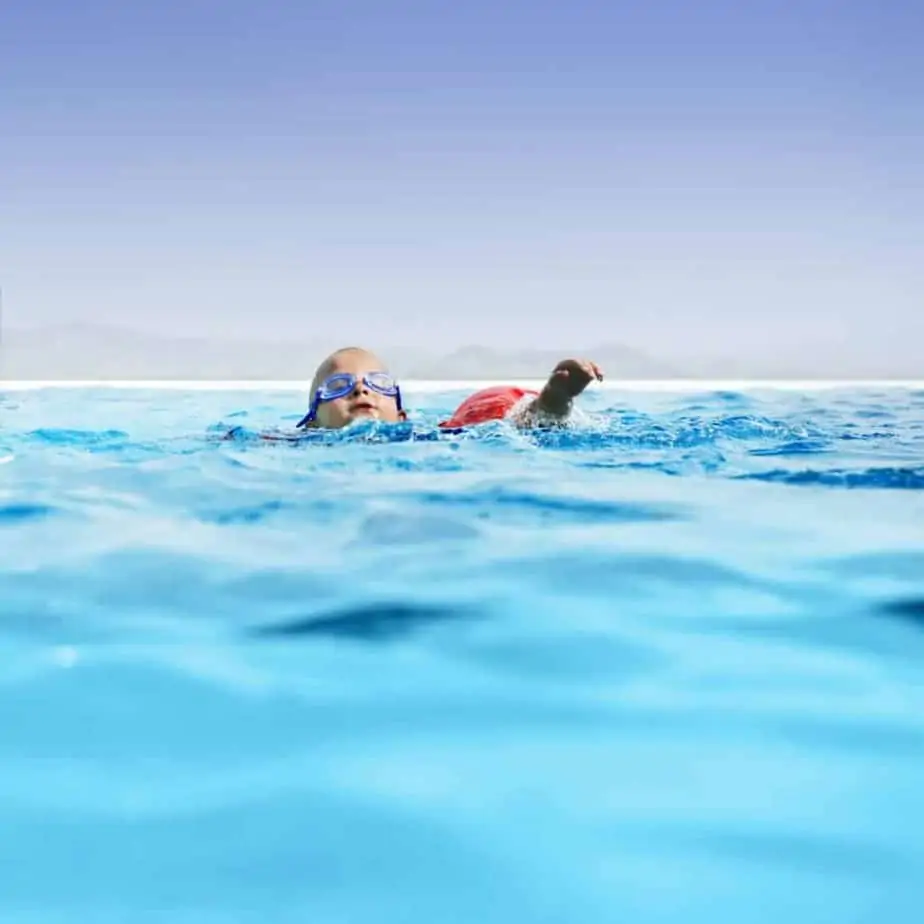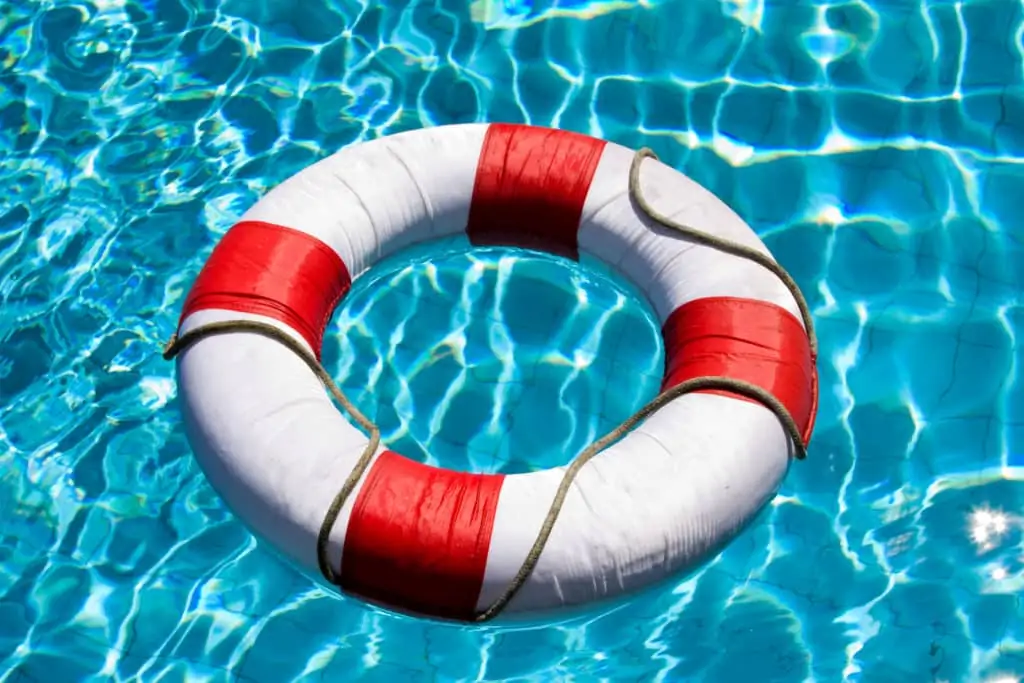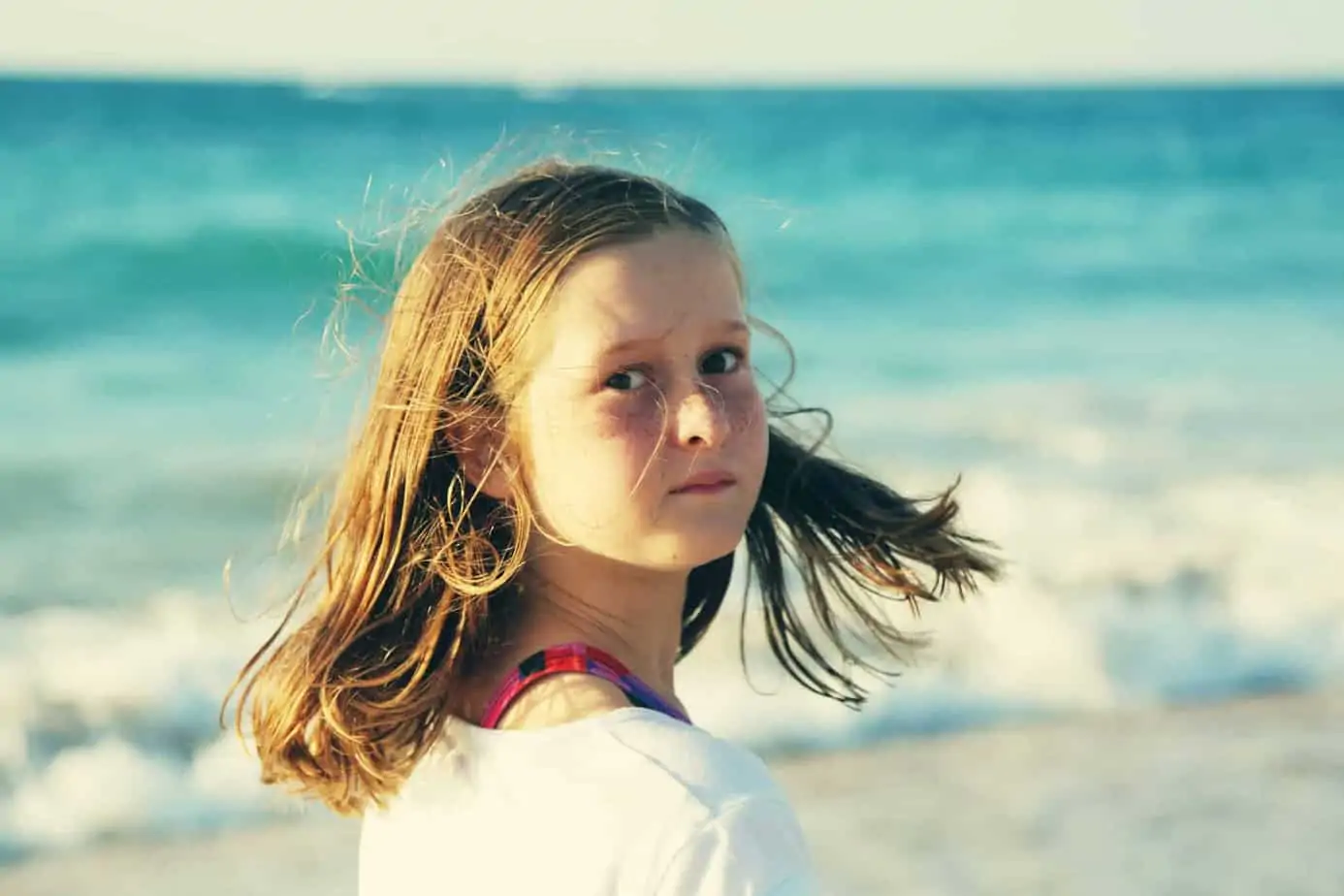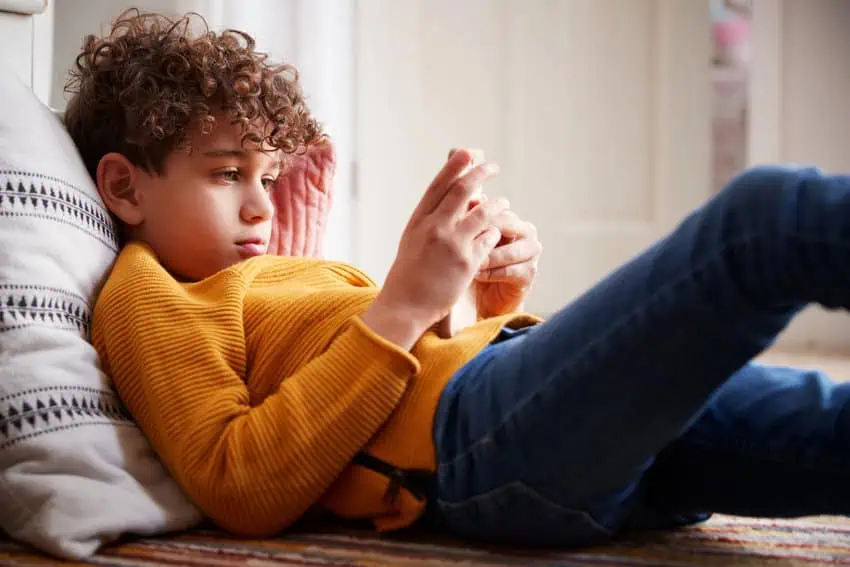Do you know the signs of Drowning or do you only think you know? Movies depict drowning as flailing and screaming for help, but do you know this is not real? Drowning is quick, silent and deadly and unless you’re a trained professional you may miss the signs of drowning all together. Please read and watch for the 5 Signs of Drowning anytime you’re around water.
We have all watched movies where someone who is in distress in water is splashing and screaming for help. They wave their arms above their head trying to signal someone on shore to see them or draw the attention of a lifeguard. They flail desperately and scream for help. Again and again.
In the movies, the struggling swimming is yelling for help in between dipping under water and then with new, miraculous strength, they burst back to the surface for air.
In reality, movies have done society and parents a huge disservice. Drowning in movies is not what drowning looks like in real life.
Need or want to learn CPR?
Thrive Training offers an online CPR and AED Training Course so you can be CPR certified in your home in less than one hour. I recently updated my CPR training which is valid for two years through Thrive Training.
Use my code Corinne10 to get $10 off your registration.
DROWNING ISN’T LOUD – IT’S SILENT
No drowning victim has the time, energy or air to call for help. In fact, they’re barely keeping enough air in their lungs to bob up and down at water level for mere seconds before they slip under the surface.
You won’t see flailing arms or big splashing to get your attention. It’s nearly impossible for a struggling swimmer to fight their natural survival instincts of holding their arms laterally and to life them out of the water to signal help.
Drowning victims aren’t loud – they won’t even make a sound which is why drowning is quick and silent.
“Drowning is almost always a deceptively quiet event. The waving, splashing, and yelling that dramatic conditioning (television) prepares us to look for is rarely seen in real life.”
— Mario Vittone, Water Survival Expert
Unless the victim is rescued from the water, they have anywhere from from 20 – 60 seconds before full submersion will occur and then this becomes an extremely dangerous and lifesaving scenario no parent ever wants to experience.
Lifeguards know the warning signs of drowning but to the untrained eyes, this is not what most think drowning looks like, which is even scarier.
An untrained person may not even notice something is wrong.
WHAT IS A DIVING REFLEX AND WHY SHOULD IT TERRIFY YOU?
Did you know that young children have what is called a diving reflex?
What this means is that if a toddler falls in the water, they have an natural instinct to hold their breath and sink. They won’t fight for the surface; they don’t splash and scream.
When they slip under the surface, especially among a crowd of people around, they can easily go unnoticed because drowning is silent.
Children, young children in particular are noisy swimmers. When have ever been at a pool when they’re not splashing, throwing and diving or playing loudly? It’s a terrifying sound when they’re quiet and by the time you’ve noticed the lack of sound, it might be too late.
THE REAL SIGNS OF DROWNING TO WATCH FOR
Be on the lookout for these signs of drowning:
- Head Tilted Back: The victim will tilt their head back to attempt to get air and breathe
- Mouth at Water Level: A drowning victim is trying to keep their mouth at water’s level to get air but has no time to yell for help because they are barely able to take in air. The mouth will bop up for air and back down under the water.
- No Waiving or Hailing For Help: Nature instinctively forces victims to extend their arms laterally and press down on the water. Pressing down on the surface of the water permits drowning people to leverage their bodies so they can lift their mouths out of the water to breathe.
- Eyes Appear Glassy / Empty
- Bodies Stay Upright in the Water: The victim will stay upright in the water because of the lateral arm pressing, but there is usually no supporting kick.
DO YOU KNOW HOW TO GIVE A CHILD CPR?
1 in 3 parents don’t know how to give their children CPR. It’s not just an essential tool to have for water safety and near-drowning rececitation, but also for:
- accidents
- suffocation
- smoke inhalation
- electric injuries
- SIDS (possible sudden infant death syndrome)
- suffocation
- medical issue
Thrive Training offers an online CPR and AED Training Course so you can be CPR certified in your home in less than one hour. I recently updated my CPR training which is valid for two years through Thrive Training.
Use my code Corinne10 to get $10 off your registration.
You Might Like..
- Keep Your Kids Safe in Crowded Places
- Get the Facts About Dry Drowning and The Signs Ever Parent Needs to Know
- Lifesaving Water & Pool Safety Rules Everyone With Kids Needs to Know
- How to Create a Positive Home (And Why this Will Affect Your Kids Forever)
- Want to Raise Confident Kids? Do This!
- Teach Your Children How to Choose the *Right* Friends
- Overwhelming Situations When Kids Need Their Parents to Intervene
Want even more?
Shop All Parenting Resources
Shop all of our parenting resources from self-regulation tools and managing big emotions to building self esteem and confidence. There are resources for all seasons of life!









Nice work, Corinne.